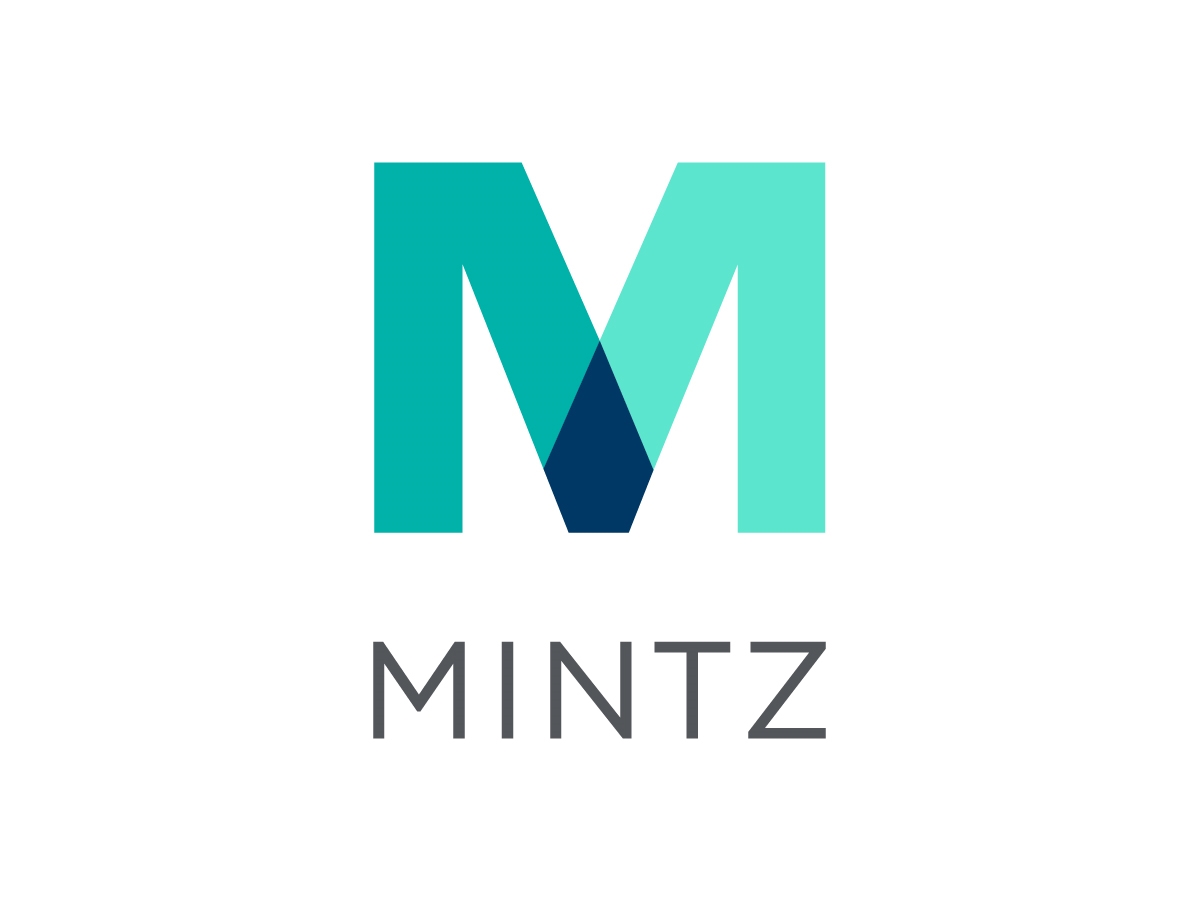Permanent Bipartisan Tax Deal Revenue Challenges & Trade-offs
One concern surrounding the recent congressional bipartisan tax deal is that most of the proposed taxA tax is a mandatory payment or charge collected by local, state, and national governments from individuals or businesses to cover the costs of general government services, goods, and activities.
changes are temporary, expiring at the end of 2025. Temporary tax policies deliver no long-term economic benefits and can obscure the long-run cost of a policy when they are eventually extended. The deal also provides retroactive tax relief for 2022 and 2023, which does not change forward-looking economic incentives.
Examining the revenue, economic, and distributional effects of a hypothetical deal with permanent tax policy changes shows the longer-run trade-offs policymakers would face. A permanent tax deal would deliver long-run economic growth, raising long-term GDP by 0.6 percent. But policymakers would need additional offsets to ensure the changes do not worsen the budget deficit, as the conventional cost of a permanent deal would range from $696 billion to nearly $1.5 trillion over the 10-year budget window.
The existing tax deal would temporarily extend three business provisions established as part of the 2017 Tax Cuts and Jobs Act (TCJA)—bonus depreciationBonus depreciation allows firms to deduct a larger portion of certain “short-lived” investments in new or improved technology, equipment, or buildings, in the first year. Allowing businesses to write off more investments partially alleviates a bias in the tax code and incentivizes companies to invest more, which, in the long run, raises worker productivity, boosts wages, and creates more jobs.
, research and development (R&D) expensing (only for domestic R&D), and a more generous interest limit. The package would also provide a more generous child tax creditA tax credit is a provision that reduces a taxpayer’s final tax bill, dollar-for-dollar. A tax credit differs from deductions and exemptions, which reduce taxable income, rather than the taxpayer’s tax bill directly.
(CTC) by adjusting the refundable and base CTC amounts for inflationInflation is when the general price of goods and services increases across the economy, reducing the purchasing power of a currency and the value of certain assets. The same paycheck covers less goods, services, and bills. It is sometimes referred to as a “hidden tax,” as it leaves taxpayers less well-off due to higher costs and “bracket creep,” while increasing the government’s spending power.
, providing an income lookback when calculating the credit value, and phasing in the refundable CTC maximum faster for households with multiple children. Paired with these changes are other items like a tax agreement with Taiwan, an increase in enforcement for the pandemic-era employee retention credit, and an increase in the generosity of low-income housing tax incentives.
Taken together, the deal is roughly revenue neutral over 10 years as provisions expire in 2025, and some revenue is earned from the expiration of R&D and bonus depreciationDepreciation is a measurement of the “useful life” of a business asset, such as machinery or a factory, to determine the multiyear period over which the cost of that asset can be deducted from taxable income. Instead of allowing businesses to deduct the cost of investments immediately (i.e., full expensing), depreciation requires deductions to be taken over time, reducing their value and discouraging investment.
starting in 2026 and from employee retention credit enforcement. However, this revenue neutrality changes if the core business and CTC provisions are made permanent and retroactive tax changes are removed from the package.
Permanency for the core business and CTC provisions would cost about $696 billion over 10 years (from 2024 to 2033) on a conventional basis. About $423 billion of that cost is from permanent bonus expensing for short-lived investment, along with a $178 billion revenue loss from canceling R&D amortization. However, much of the cost is a one-time expense as both proposals change the timing of when businesses take deductions for expenses. By 2033, the combined cost would be about $33 billion annually and would continue to fall over time.
The CTC also has a higher long-term cost, which varies depending on how lawmakers handle underlying changes scheduled for the CTC. If made permanent relative to a current law baseline, the CTC reforms would cost about $87 billion over 10 years in addition to the cost of extending the underlying CTC last designed in 2017 as part of the TCJA. The base credit value is scheduled to fall to $1,000 in 2026. Making the TCJA CTC permanent—including a base credit of $2,000, the tax deal’s inflation adjustments and refundability phase-in change, and permanent higher phaseout and lower phase-in thresholds—would cost about $877 billion over 10 years. Taken together with the other provisions, the cost of the total package would increase to nearly $1.5 trillion over 10 years.
A permanent TCJA CTC along with the indexing and phase-in adjustments from the tax deal would cost over $118 billion annually by 2033, compared to about $45 billion for the tax deal’s three permanent business provisions. This cost gap would widen further over time as timing changes like bonus depreciation and domestic R&D expensing settle into their lower long-run costs.
Altogether, the revenue effects of a permanent deal would range from a conventional cost of $696 billion to nearly $1.5 trillion, depending on the underlying size of the child tax credit.
The upside of a permanent tax deal is that it would boost long-run economic growth due primarily to improved incentives for business investment. Taken together, the business and CTC tax changes would increase long-run GDP by 0.6 percent, increase American incomes as measured by GNP by 0.4 percent, increase wages by 0.5 percent, and create about 100,000 full-time equivalent jobs. Most of the growth is driven by permanent bonus depreciation and canceling R&D amortization, as these tax changes create the biggest “bang for the buck” trade-off between lost revenue and economic benefits.
The combined CTC changes would create a slight reduction in the size of the long-run economy due to how the increased CTC base amount interacts with marginal tax rates, reducing work incentives. A permanent TCJA CTC, on the other hand, would slightly increase the size of the long-run economy because of the credit’s effects on work incentives, as shown in the bottom of Table 2.
Distributionally, a permanent tax deal would increase after-tax incomes across the board in 2024 and 2033 on a conventional basis. On average, taxpayers would see a 0.6 percent increase in after-tax incomes in 2024, with the bottom 20 percent seeing a 2.3 percent increase. By 2033, the benefits would decline slightly in comparison as the cost recoveryCost recovery is the ability of businesses to recover (deduct) the costs of their investments. It plays an important role in defining a business’ tax base and can impact investment decisions. When businesses cannot fully deduct capital expenditures, they spend less on capital, which reduces worker’s productivity and wages.
provisions become less costly. That year, the average increase in after-tax incomes would be 0.1 percent. In the long run, accounting for economic benefits, households would see a 0.5 percent increase in after-tax incomes on average, ranging from 1 percent for the bottom 20 percent to 0.5 percent for the top quintile.
If the TCJA CTC is made permanent along with the tax deal, after-tax incomes would be higher, averaging 0.7 percent in 2033 conventionally and 1.1 percent in the long run dynamically.
Table 3. Distributional Effect of Making the Bipartisan Tax Deal Permanent (Percent Change in After-Tax Income)
| Income Quintile | Conventional, 2024 | Conventional, 2033 | Dynamic, Long-Run | Conventional with $2,000 Indexed TCJA CTC, 2033* | Dynamic with $2,000 Indexed TCJA CTC, Long-Run* |
|---|---|---|---|---|---|
| 0% to 20% | 2.3% | 0.7% | 1.0% | 3.1% | 3.6% |
| 20% to 40% | 0.7% | 0.4% | 0.7% | 2.2% | 2.6% |
| 40% to 60% | 0.3% | 0.2% | 0.6% | 1.1% | 1.6% |
| 60% to 80% | 0.2% | 0.1% | 0.4% | 0.8% | 1.2% |
| 80% to 100% | 0.7% | 0.1% | 0.5% | 0.3% | 0.7% |
| 80% to 90% | 0.2% | 0.1% | 0.4% | 0.5% | 0.9% |
| 90% to 95% | 0.3% | 0.1% | 0.4% | 0.2% | 0.6% |
| 95% to 99% | 0.5% | 0.1% | 0.5% | 0.1% | 0.6% |
| 99% to 100% | 1.7% | 0.2% | 0.6% | 0.2% | 0.7% |
| Total | 0.6% | 0.1% | 0.5% | 0.7% | 1.1% |
Note: *See the revenue table above for the description of the TCJA CTC option at the bottom of this table. We do not include the benefits of retroactive tax changes from the current tax deal in this distributional table.
Source: Tax Foundation General Equilibrium Model, January 2024.
Stay informed on the tax policies impacting you.
Subscribe to get insights from our trusted experts delivered straight to your inbox.
Subscribe
Share





